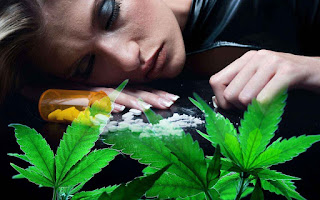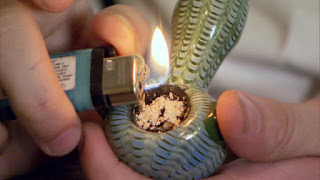The Portland Press Herald : declared in Lawmakers, DHHS ready to devote $4.8 million more to opioid addiction treatment
AUGUSTA — Lawmakers are moving forward with a plan to funnel $4.8 million in state and federal funds toward comprehensive, medication-assisted treatment for opioid addiction. DHHS Commissioner Mary Mayhew said the outpatient treatment program would take a multifaceted approach – expanding access to addiction treatment and providing access to high-quality, coordinated medical care. According to DHHS, 8,627 Mainers received medication-assisted treatment in fiscal year 2016. Maine currently has 234 individuals on a wait list for medication-assisted treatment, although substance abuse professionals say the actual figure is likely much higher. If approved by the full Legislature, the additional $3 million would build on $2.4 million announced by DHHS in December to create 359 slots for the uninsured in medication-assisted treatment programs.

Buprenorphine is commonly prescribed as a maintenance drug for treatment of opioid addiction. Many people receiving the most common medication to treat opioid addiction are being prescribed opioid painkillers at the same time, a surprising finding that helps explain why even the most effective substance-abuse therapies don't work nearly as well as experts say they should. It is popular because unlike methadone, a stronger maintenance drug, it does not require daily visits to a clinic. Both findings illustrate the challenges of treating drug addiction in a world full of distractions, temptations, and competing incentives for profit among both patients and physicians. Most buprenorphine for treatment is prescribed as Suboxone, which includes another drug intended to resist tampering.
collected by :Lucy William
Many patients receive prescription opioids during treatment for opioid addiction
They found that 43 percent of patients who received buprenorphine filled an opioid prescription during treatment and 67 percent filled an opioid prescription during the 12 months following buprenorphine treatment. The idea behind medication-assisted treatment is that patients are given low-dose opioids that produce some of the effects of opioids while staving off physical withdrawal symptoms. Most patients continued to receive similar amounts of opioids before and after buprenorphine treatment. Because the study data lacked information on patients' use of illegal opioids like heroin, the results likely underestimate the proportion of patients using opioids during and after buprenorphine treatment. With medication-assisted treatment, rigorous studies have shown that patients are more able to remain healthy and productive members of society.Buprenorphine is commonly prescribed as a maintenance drug for treatment of opioid addiction. Many people receiving the most common medication to treat opioid addiction are being prescribed opioid painkillers at the same time, a surprising finding that helps explain why even the most effective substance-abuse therapies don't work nearly as well as experts say they should. It is popular because unlike methadone, a stronger maintenance drug, it does not require daily visits to a clinic. Both findings illustrate the challenges of treating drug addiction in a world full of distractions, temptations, and competing incentives for profit among both patients and physicians. Most buprenorphine for treatment is prescribed as Suboxone, which includes another drug intended to resist tampering.
collected by :Lucy William


Comments
Post a Comment